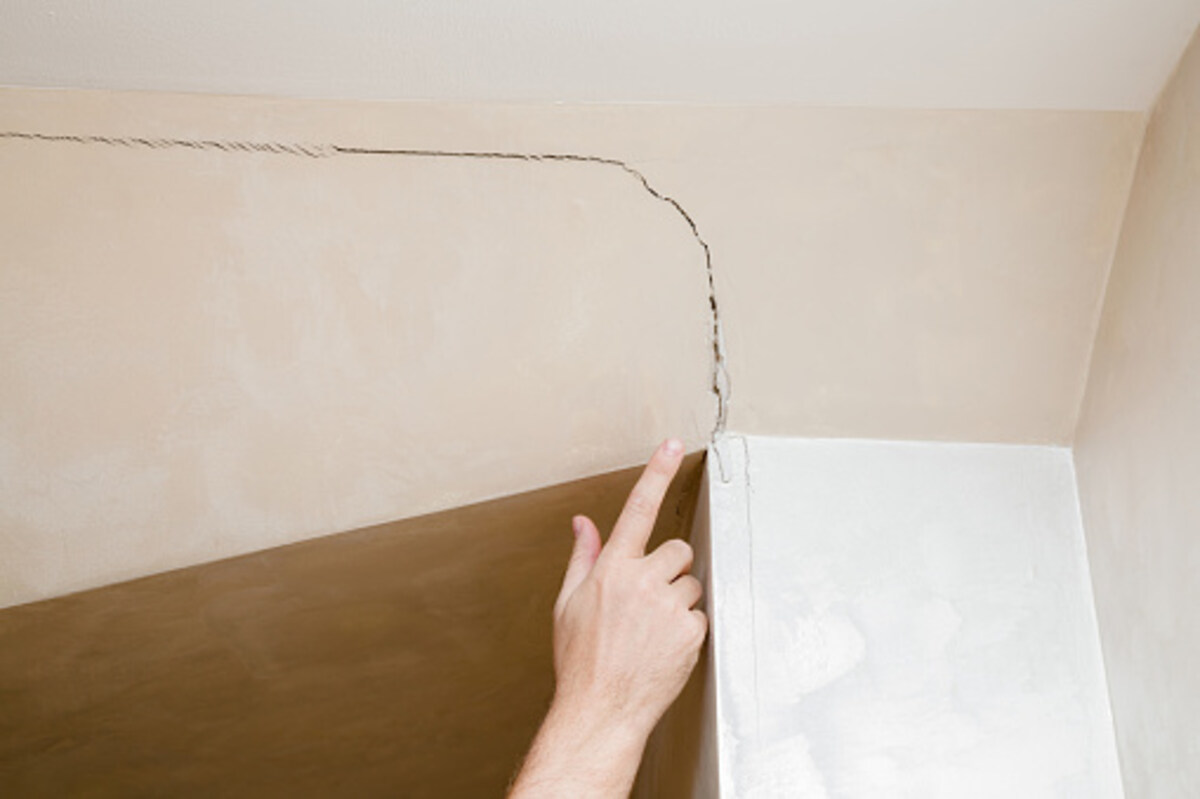If your ceiling is cracked, you may have many options for treatment. These solutions can include caulking and repairing vertical cracks. You can also consider repairing spiderweb-like cracks in the drywall. These solutions are practical and will restore the structural integrity of your home. First, however, you must understand the different types of cracks and the cause of each.
Watermarks as a sign of foundation issues
Seeing watermarks outside your home may be the first sign of a problem. Often, this is the result of poor drainage. Clogged gutters, broken downspouts, and improper grading can cause water to pool near the foundation. Floods and tropical storms can also cause the soil around your foundation to become saturated.
Repairing vertical cracks
The first step to repairing a ceiling with vertical cracks is identifying the source. If you see cracks extending from the wall to the ceiling, they are most likely a sign of structural damage. For example, the crack may be caused by a weak wall stud or something loose during a house’s settling process. If the crack is large, it may be a sign of foundation problems.
Usually, cracks can be repaired without extensive damage to the ceiling. However, you may need to remove the old paint and plaster to fix the problem. You may also need to replaster the ceiling. If the cracks continue to grow, there is likely a problem with the differential settlement. In this case, you may need to consider underpinning the house.
Once you’ve identified the source of your cracks, you can apply the appropriate repair material. You can use a caulking gun to apply the filler, depending on the crack size. Use your finger to push the flexible filler into the crack, leaving about a 1-2mm gap for skimming. Once the patch has been applied, it is best to let it dry for an hour.
Repairing spiderweb-like cracks in drywall
If you notice spiderweb-like cracks in your drywall, there are several things you can do to fix them. First, while they are not a significant issue, you should sand them down to remove the old compound and reapply a fresh coat. The settling of the foundation can also cause cracks.
Spiderweb-like cracks appear in many parts of your house and can appear on walls, floors, grout joints, and concrete slabs. Although they can be unsightly, they are usually only cosmetic and can often be easily concealed with drywall compounds. However, if they are wide enough to compromise structural integrity, you should consider hiring a professional to fix them.
Spiderweb-like cracks are often caused by settling in a house or improper installation of drywall. These cracks can be repaired by sanding off the edges and applying a drywall compound that is specially designed for this purpose.

